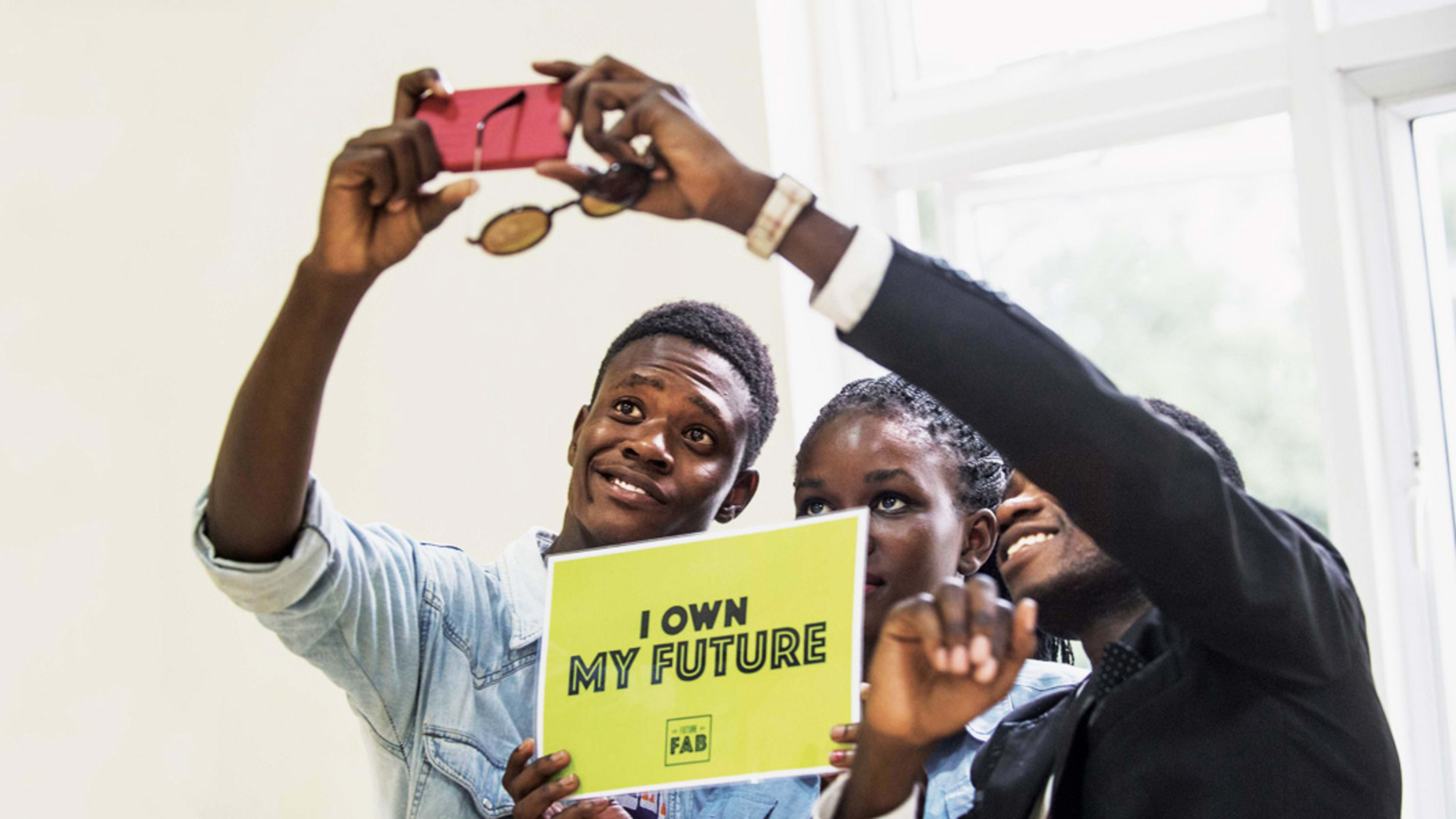When a nonprofit in Kenya made contraception free for teenagers and broadcast radio ads to announce the giveaway, not that many people showed up to claim an IUD or implant and condoms. In a country where rates of teen pregnancy and HIV infection are high, young people often still don’t use contraception. The nonprofit–Marie Stopes Kenya, the local equivalent of Planned Parenthood in the U.S.–decided to try something different. Working with Ideo.org, the nonprofit arm of the design firm Ideo, they created a new lifestyle brand that introduces the idea of using contraception in a way that feels almost incidental.
The brand, called Future Fab, hosts events with dance contests and fashion shows where teen girls talk about their dreams for the future. In a magazine, other young women talk about how they’re pursuing a particular path–a university student, for example, talks about how she grew up poor but she’s now studying to become a doctor; a soccer player talks about how she kept playing the sport even when she was teased for playing a game more commonly played by boys.
But when the med student shares a few of her favorite things, she lists condoms along with lipstick. Along with dating tips and advice on ways to “own your future,” the magazine explains how IUDs work. At each event, there’s a separate area where young people can learn about contraception and learn where they can go to get it.
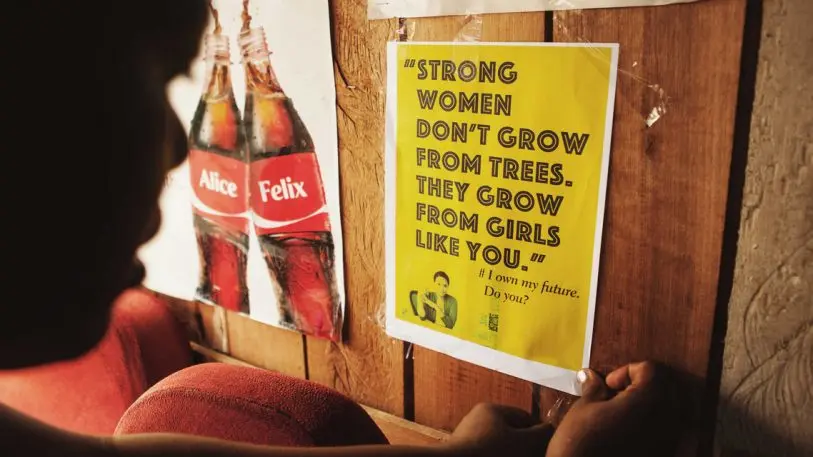
The premise is simple: young women, and other people in the community, didn’t want to talk about contraception. But they do want to talk about goals. When teenagers do become pregnant, that often means deferring future plans or giving up on them completely, continuing the intergenerational cycle of poverty. By making the connection between contraception and pursuing dreams–and focusing more explicitly on dreams, the brand resonated.
“I think if you were to look at the Future Fab program and the elements of it, you wouldn’t know that from the outside that it has anything to do with contraception,” says Jessa Blades, who leads Ideo.org’s program on reproductive health for teens, called Health XO. “Instead, we flipped that narrative and said, let’s see what matters most to people and what people care about, and we slowly make the connection to the role that contraception can play.”
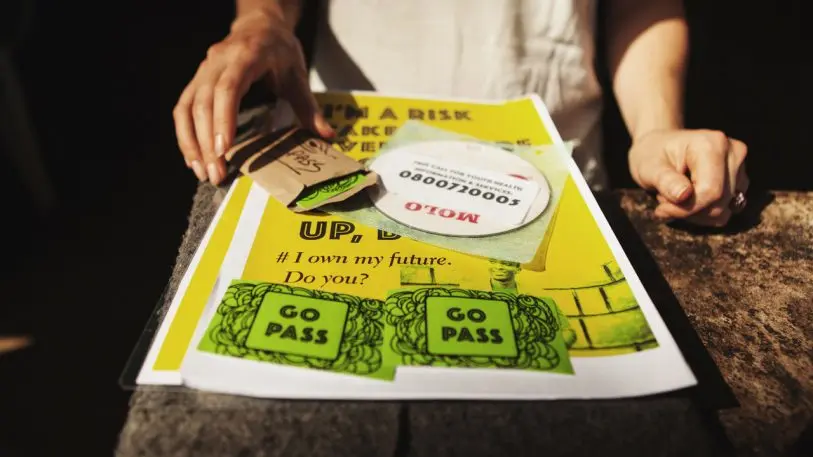
Stigma is one reason that contraceptive use has been low in the past. “Teenagers want information about contraception, but talking about it is still considered taboo unless girls are married,” says Roselyne Ouso, marketing manager at Marie Stopes Kenya. The language often used in clinics, like “family planning,” further cements the idea that contraception isn’t for teenagers.

It wasn’t enough, then, just to let teenagers know that contraception was available. The designers realized that they needed different messaging. “A lot of the programs that exist right now might be very health-centric in their messaging,” says Blades. “They feel very clinical, they lead with facts and figures, and if you’re a young person, that’s just not something that’s going to be resonating.”
The team spent time with Kenyan teens–hanging out and shopping together to understand what they really like to do–and learned about other barriers to the use of contraception. Teens usually got their information about contraception from friends, and it was often wrong, like the idea that using it could kill them. Parents often shared the same misconceptions. Healthcare providers often turned girls away when they did try to access contraception, believing incorrectly that it was illegal to provide it without parental consent.
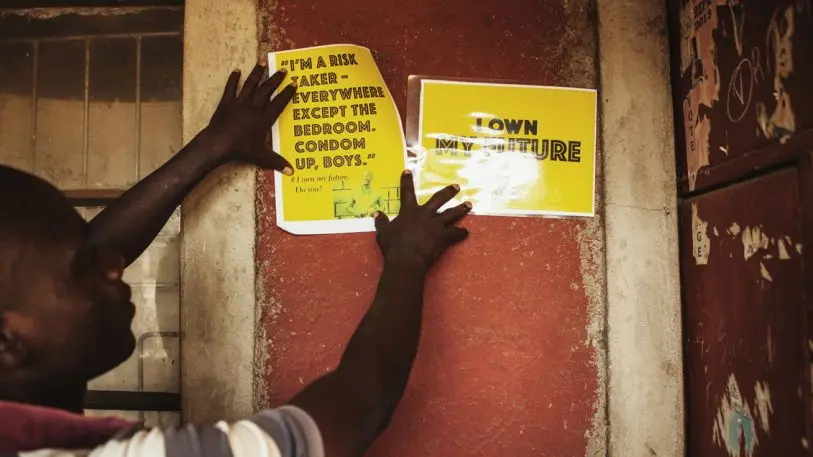
The new program aims to shift beliefs in the whole community, not just among teen girls. In some smaller events, both teens and their parents can ask questions about how contraception actually works. Since boys often influence whether girls end up using contraception, the brand also targets boys (even the color used, a bright green, was a careful choice over pink). The nonprofit worked with providers to train them to be more youth-friendly.
All of this, along with other programs, like training a network of “diva connectors”–other young women who can talk about their own experiences with contraception and offer advice and refer teens to clinics–has worked. Before Future Fab, the nonprofit’s clinics saw an average of three adolescent patients per clinic each week. Now they see 20.
“One of the reasons it has been so successful is it looks holistically at all the barriers preventing girls accessing contraception, from the hopes and fears of the girls to the attitudes of their parents, the community, and the providers, as well as how to improve the services themselves,” says Ouso. Future Fab has been rolled out to all 22 of the nonprofit’s health clinics across the country, and pilot in school health programs. The design team is now working with Marie Stopes to focus on rural teens in Kenya.
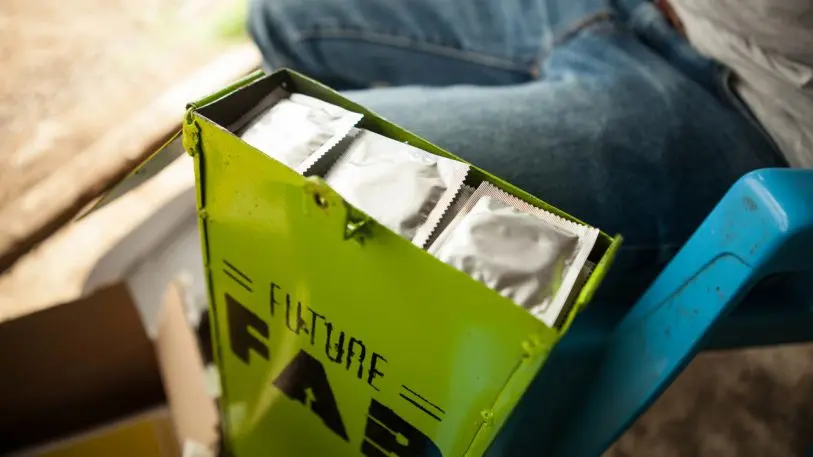
Ideo.org has done related work, along with other branches of Marie Stopes International, in other countries. In Zambia, for example, where more than a third of women give birth by the age of 18, new “diva centers” are places where teen girls can get manicures–and talk about birth control when they’re ready. The designers’ branding differs by country. In Tanzania, where Ideo.org designers worked with another organization on a related project, the branding feels a little like Disney; in Nigeria, that work feels a little more like Teen Vogue.
In Kenya, Future Fab feels like a street brand, and that image has started to rub off on how the community sees contraception. “By associating something that’s so taboo with something that’s so cool, you’re starting to shift some of that implicit bias,” says Blades.
Recognize your brand’s excellence by applying to this year’s Brands That Matter Awards before the early-rate deadline, May 3.
